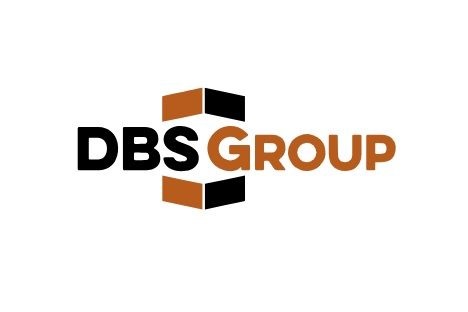Cypress Technology Drives a New Era of Integrated Medical Imaging with Ecosystem Partners
The global medical imaging market continues to grow steadily. Driven by an aging population, the rising prevalence of chronic diseases, and the acceleration of healthcare digitalization, the market has surpassed USD 60 billion and is expected to maintain a 4 - 6% compound annual growth rate (CAGR) in the coming years. The rapid adoption of AI and 3D imaging technologies is further fueling demand for advanced imaging equipment and integrated medical imaging solutions.Amid these industry trends, Cypress Technology which is a company with 35 years of expertise in professional audiovisual R&D and design, has successfully expanded into the medical imaging sector. By leveraging its long-standing expertise in image processing, Cypress brings advanced imaging technologies into clinical environments and has become a trusted partner for healthcare institutions in Taiwan and overseas seeking to build smart, integrated imaging infrastructures.35 Years of Image Processing Expertise Powering Comprehensive Medical Imaging IntegrationMedical imaging, including endoscopy, ultrasound, CT scans, and surgical imaging, forms the foundation of modern diagnosis and treatment. Cypress Technology has successfully translated its 35 years of image processing expertise into medical imaging integration, with solutions now widely deployed in hybrid operating rooms, telemedicine, medical image recording, hospital resource management centers, naked-eye 3D visualization, and specialized medical resolution processing.Cypress solutions enable real-time, stable, and high-quality image transmission and integration across diverse medical devices, significantly improving clinical workflows and operational efficiency.Core Technologies: Zero Latency, High Fidelity, and Support for Specialized Medical ResolutionsPrecision and efficiency are critical in medical imaging applications. Cypress delivers zero-latency image transmission, high-fidelity image reproduction, and support for a wide range of specialized medical resolutions, all of which are core capabilities refined through 35 years of R&D experience. These technologies form the essential foundation of Cypress’ medical imaging integration solutions.Cultivating an Imaging Ecosystem to Build an End-to-End Medical Imaging EcosystemTo support healthcare institutions in rapidly deploying comprehensive smart imaging infrastructures, Cypress actively promotes a medical imaging ecosystem strategy. Through close collaboration with ecosystem partners including AVer medical cameras, Avalue medical computing platforms, Karl Storz endoscopy systems and its Taiwan distributor Scutum Technology, Pentax endoscopy systems and its Taiwan distributor YM Medical Instruments, Sony medical displays, and AUO Display Plus for intelligent healthcare solutions. Cypress delivers an end-to-end ecosystem covering image acquisition, processing, and visualization. This ecosystem approach enhances device compatibility, accelerates clinical adoption, and extends applications beyond human healthcare to meet the growing demands of the veterinary market.The Rise of AI and 3D Imaging: Cypress Advances New Medical Applications with AI-Enabled HardwareAI represents one of the fastest-growing segments in medical imaging, with market forecasts projecting CAGR exceeding 20%. Deep-learning-based image analysis, imaging-based screening, 3D visualization, and advanced image preprocessing have become key investment priorities for healthcare providers.In response, Cypress has expanded beyond audiovisual transmission to introduce image processing hardware with built-in AI computing capabilities, supporting real-time 3D image processing and visualization, as well as AI-assisted deep learning for medical imaging. By integrating AI with advanced imaging technologies, Cypress empowers healthcare professionals with faster, more accurate, and real-time insights which significantly enhancing clinical efficiency and decision-making.Based in Taiwan, Expanding Globally: Strong Momentum in Medical Imaging IntegrationIn recent years, Cypress Technology has worked closely with system integrators to successfully deploy medical imaging integration solutions in numerous major hospitals across Taiwan, earning a strong reputation in the local market. Meanwhile, Cypress has established partnerships with leading global endoscopy brands and medical system providers, delivering customized imaging solutions that highlight Taiwan’s image processing expertise on the international healthcare stage.New medical recorder and video matrix with KVM management. Credit: Cypress Technology

